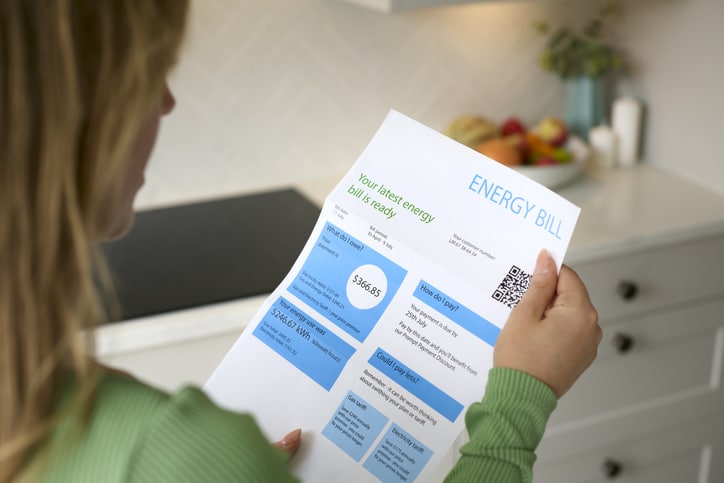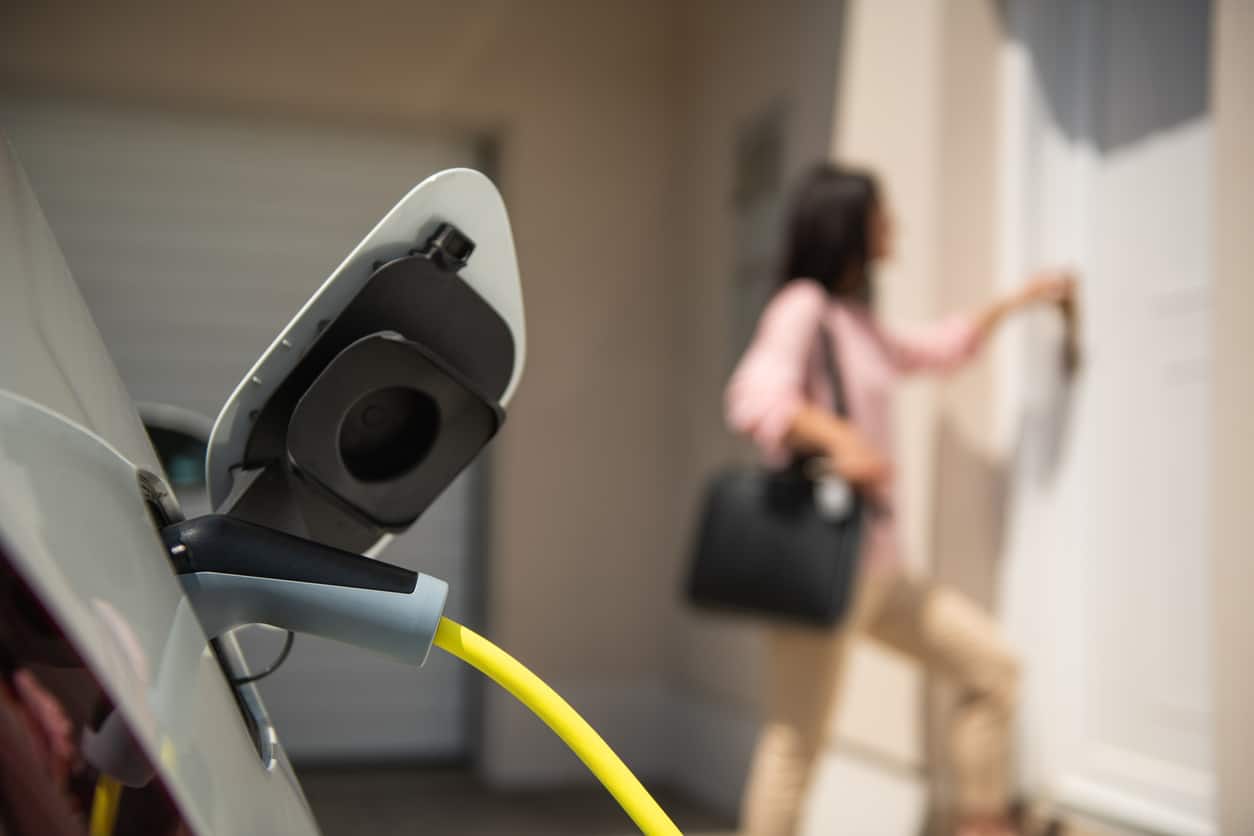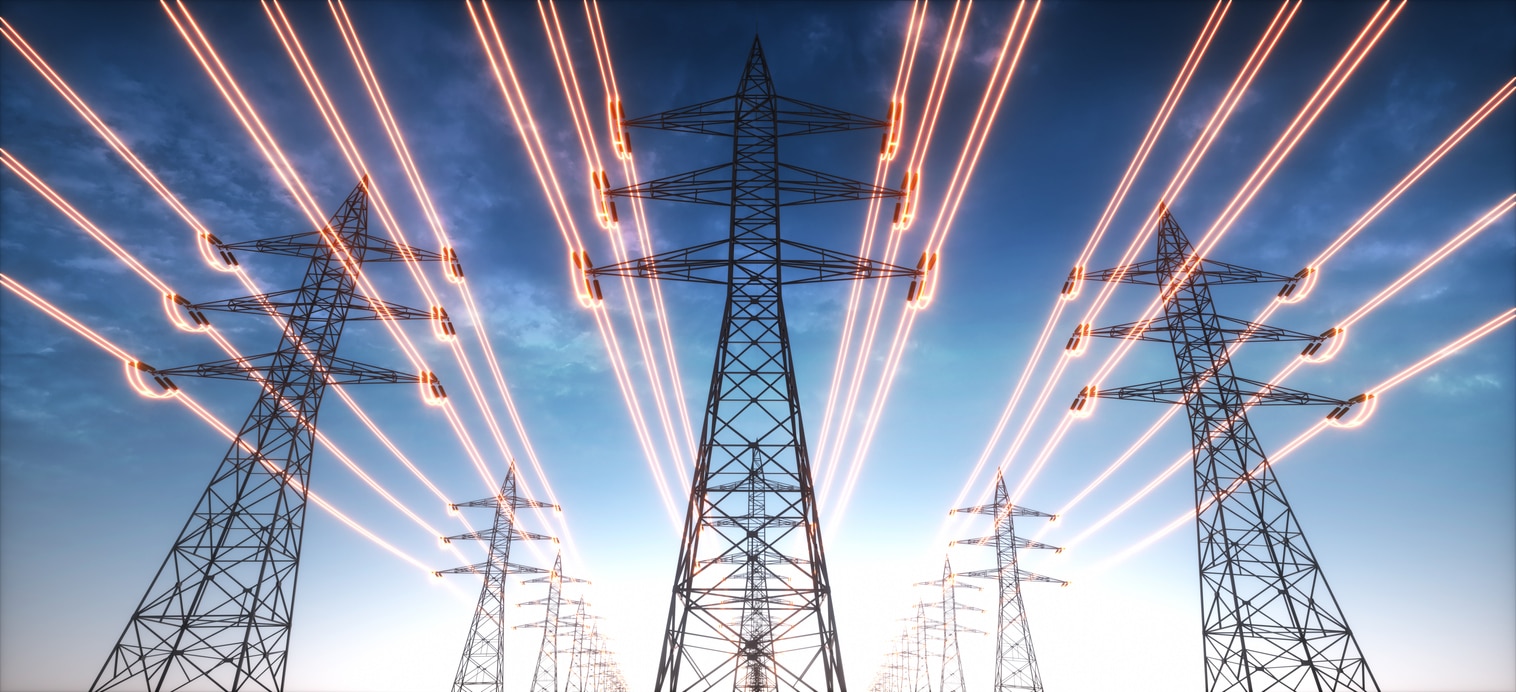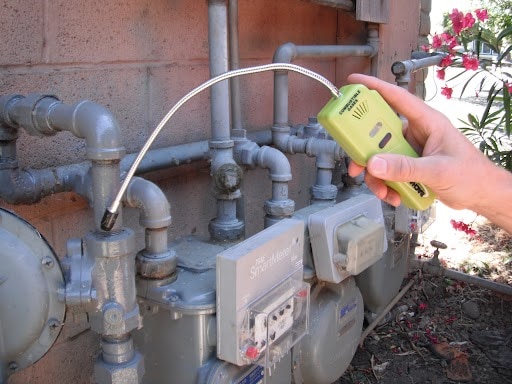Posted by Charley Cormany, EFCA Executive Director
Back to In-Person Events
2023 was a whirlwind year for Efficiency First California.
We started with a renewed sense of optimism. The days of COVID lockdowns were behind us, and attending in-person conferences was an option again. I may have taken things to the extreme, as I attended at least one conference a month for the first six months of the year.
I learned a lot. Video conferencing is great, but it is no substitute for the spontaneous conversations you have at in-person events.
The range of subjects covered was extensive, but some trends emerged. Making sure we deliver high-quality work is an ever-present topic in the industry. The days of slapping equipment in place and moving on to the next job are behind us.
The aging workforce was another. Not enough young people have been getting into the trades. It feels like we’ve missed a whole generation, creating a real knowledge gap. Passing legacy knowledge to the incoming generation has been a standard practice for years. The loss of this practice is a genuine concern.
Decarbonization and electrification were standout topics. The need to decarbonize our buildings is a given; using fossil fuels in buildings has run its course. As we wean ourselves, we will need effective replacements. Electricity from renewables is emerging as the preferred solution.
Heat pumps got a ton of attention. If you’re wondering why, I think it’s because they solve a variety of problems with a single, time-tested solution. Heat pumps are electric, which means that you don’t have to burn something to heat your house with them. They just happen to be much more efficient than their gas counterparts too.
It’s nice to have a technology that replaces the legacy technology and improves performance. Heat pumps are an all-electric solution that outperforms the existing technologies with a well-established technology. That is not typical in market transformation.
As you rush out to replace your gas appliances with electric heat pumps, don’t overlook the value of energy efficiency upgrades. Nearly every session I attended at various conferences had some reference to the value of combining energy efficiency with heat pumps as the preferred solution. Energy efficiency combined with all-electric devices is a trend we stand behind.
Efficiency First California Gets a New Look
Branding and design are vital aspects of any business. Staying current means periodically changing things up to keep things fresh. The Efficiency First California logo has felt dated for quite some time. It was created at the same time Obama was running for President many moons ago. Our new logo uses a color palette similar to our contractor directory tool, the Clean Energy Connection. Once you redesign a logo, all your other branding tools need a refresh, too.
With help from the folks at Energy Circle, we have created a new platform for the entire organization. It includes a new membership database, a payment system, and a completely redesigned website, which we are continuing to refine.
Going forward, our plans include providing more vetted content for contractors, more digital content in the form of videos and animations, and a slew of new member benefits. These things take time, so check in once in a while. The website and content will evolve over the next several months.
Our newsletter has been refreshed, too. We simplified the format and reduced the content to make it easier to digest. We streamlined some sections and cut others out entirely. The whole process is refreshing and complicated at the same time. We are continuously looking for quality folks to join our team, and the help wanted has proven to be effective. Why? Because we have grown significantly in the past two years and anticipate more growth moving forward.
Our Staff Has Grown Significantly
In 2022, we added five new people to our payroll, which felt like a huge lift. We continued adding new folks in 2023 — four more to the payroll and two new contract employees. Today, our staff has thirteen people on payroll and five more contract employees for a total of eighteen. Growing from five to eighteen employees has been a significant effort, and we are not done yet.
We started using a personality profiling tool from the Growth Resources Institute. The GRI survey has proven to be a valuable management and recruiting tool. It can provide insight into how well potential employees fit your needs and provide helpful input on managing your existing team. Learning the tool is a commitment, but has proven to be very effective for filtering and managing our human resource needs.
The Clean Energy Connection Grows Up
Our free statewide contractor directory tool has evolved and taken on a life of its own. The directory was started initially as a COVID project to keep our staff working. It has matured over the last three years and become more than anticipated. We support the Clean Energy Connection (CEC) statewide in California to bolster clean energy projects.
We decided early on that if clean energy was the path moving forward, contractor success would be a key component. The main objective is to connect contractors doing clean energy projects with homeowners looking for those services. The directory is free to homeowners and contractors. We are supporting this effort to promote growth in the clean energy sector.
How are we doing? Better than we ever expected. We hit some new milestones this year. We surpassed one thousand contractors enrolled in the directory, and we are adding more every day. We gave out over twelve thousand leads to contractors in 2023, all at zero cost to the contractor or the homeowner. Obviously, not all of those leads converted to projects, but it is a significant step in the right direction.
We continue to add functionality and improvements to the directory to make it better for our users and contractors. Did we mention that the Building Decarbonization Coalition also uses the CEC directory to support their Switch Is On consumer awareness campaign? We are also part of the TECH Clean California rebate program, as the online enrollment tool is a part of the Clean Energy Connection directory. Our work on the directory has far-reaching impacts on the market and has had far more impact on growth in the industry than we ever anticipated.
Our Partnership with SMUD Continues and Grows
We have provided outside support services for the Sacramento Municipal Utility District (SMUD) for over a decade. We started small, providing rebate processing services and field quality control inspections for SMUD’s Home Performance Program. Our relationship with SMUD has matured and flourished over the years.
The program started slowly, with twenty contractors and three hundred projects yearly. As the role and relationship expanded, so did our responsibilities. We continue to add more contractors to the SMUD Contractor Network (SCN). Over three hundred “active contractors” are listed in the directory. We have processed over 4,361 rebate applications this year and are not done yet. None of this happens without input from our staff, which makes me very proud of what we have achieved.
Our relationship with SMUD continues. As with most utility programs, our SMUD contracts are time-limited and must be put out for solicitation regularly. The process is complicated and time-consuming. In the summer of 2023, our SMUD Advanced Home Services contract was put out for solicitation. The process started with a Request for Qualifications or RFQ. SMUD outlined specific criteria for the solicitation. There were many eyes on the contract as it was a six-year, multi-million dollar deal.
In the end, three companies met the requirements of the RFQ. Without a doubt, we were the small fish in a big pond. The other applicants are giant, nationwide companies with thousands of employees. At the end of the process, EFCA prevailed and was awarded a six-year extension on our existing agreement.
We are excited to take on new responsibilities for SMUD, such as adding commercial contractors to the network. We have many new ideas and enjoy working with SMUD as they lead the way to an all-electric future.
We continue to work with other rebate programs in the state. We aim to help contractors adapt to an ever-changing landscape, representing them in policy discussions and providing information to help them succeed. California has very aggressive climate goals, and that is a good thing. The policymakers realize that none of this will happen without boots on the ground. We are pleased to represent the folks making things happen every day.
Efficiency First has evolved over the last twenty years. We are pleased to be a part of the solution and are excited for the future. Hang on, as 2024 is shaping up to be another busy year. We are proud of our achievements and are prepared to take things to the next level. I would have never imagined we would be where we are today. I am super proud of our team and what we have achieved.
Stay tuned, as we have lots more planned for 2024.












